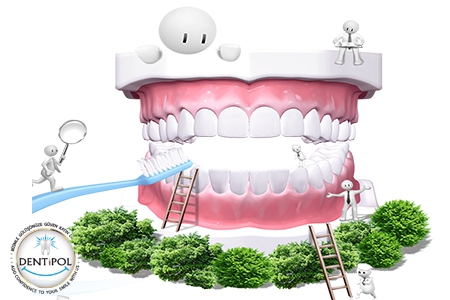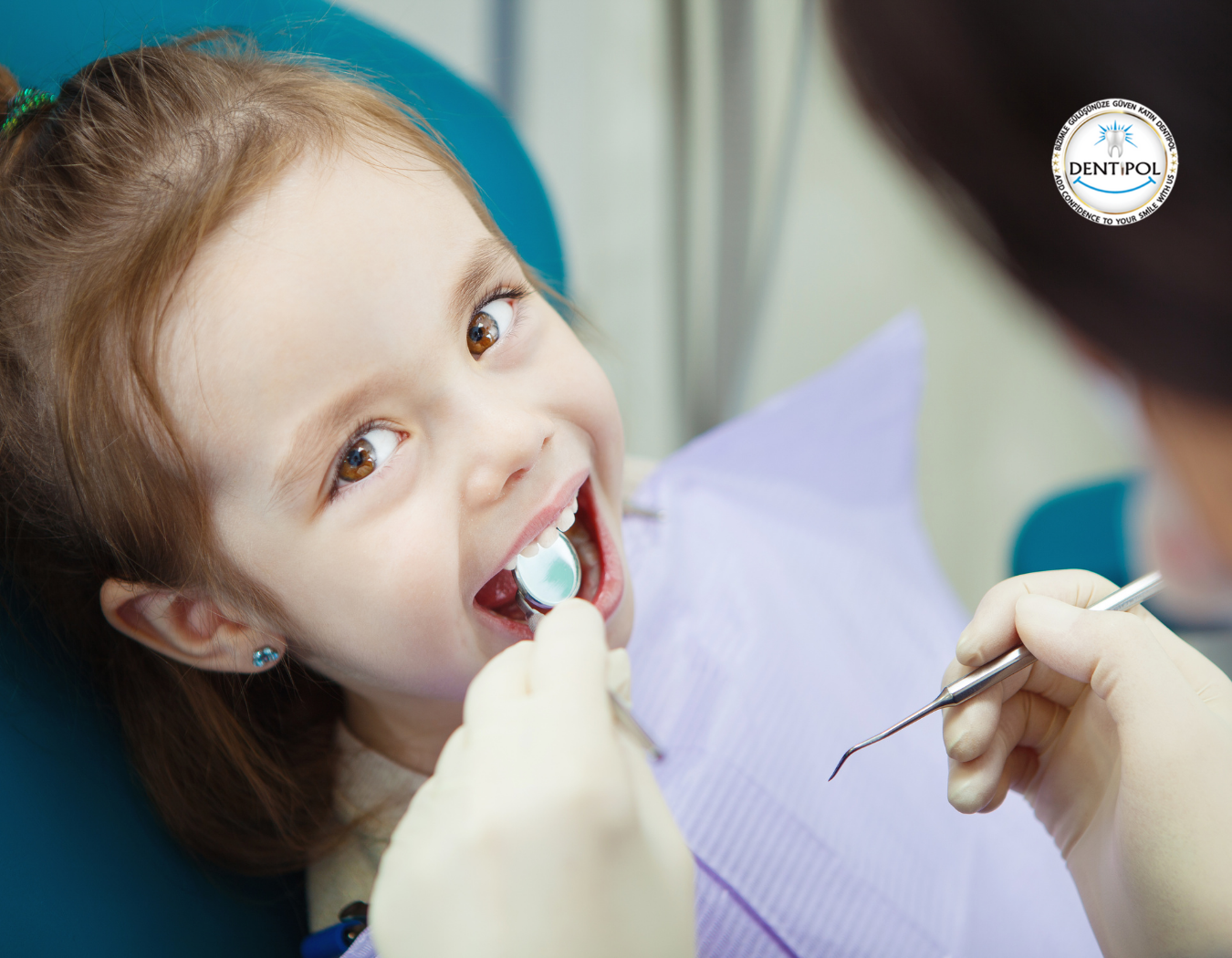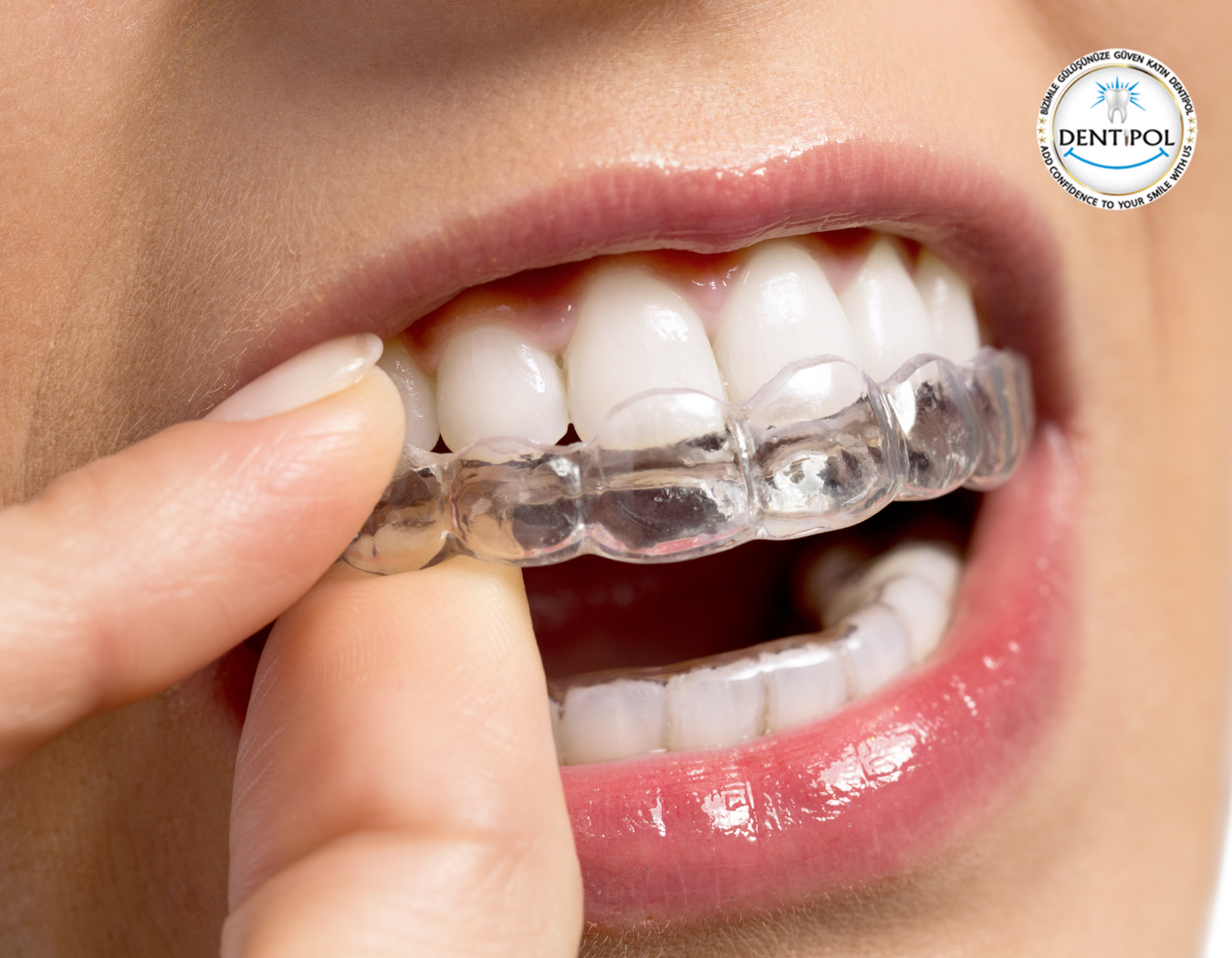PROTECTIVE DENTISTRY
Preventive Dentistry For Children
Preventive dentistry is a process that starts 6 months after the eruption of the first tooth and continues for life.
We can divide dental services into two as preventive dentistry and treatment practices.
Preventive dentistry for children is a lifelong process that starts 6 months after the eruption of the first tooth. Preventive dentistry practices are practices that require the cooperation of physicians and parents to protect the oral and dental health of the child and the whole family.
Preventive Dentistry in Childhood
• Regular dentist control
• Tracking tooth development
• To gain the habit of brushing the teeth properly and regularly
• To gain the habit of using the correct floss
• Carry out risk assessment of your child and taking necessary precautions
• Application of flourid at times determined by your pedodontist
Fissure sealants
• To gain proper eating habits
Mouth guards to prevent sports injuries
• Detection and prevention of bad habits (finger-tongue sucking, nail biting, using a pacifier, etc.)
• Protective and stopper Orthodontic treatment
It covers the issues of cooperation with parents for all these applications.
For adults
Preventive Dentistry
Preventive Dentistry for Adults
Teeth should be brushed at least 2 times a day for 2 minutes to protect them from gum disease and tooth decay.
The brush should never be wet before starting to brush your teeth. Brush head small and medium hard brushes should be preferred. The amount of paste used should not exceed the size of the hazelnut.
The toothbrush should be placed at an angle of 45 degrees to the tooth and gum joint and moved 10 times in a circular motion. The brush should then be advanced one brush length and all tooth surfaces should be brushed on the cheek and tongue side in the same way.
Chewing surfaces should be brushed with back and forth movements. It consists of oral cleaning, brushing and interdental cleaning. Brushing alone will never provide complete cleaning. Dental floss or an interface brush should be used to clean the interfaces of teeth after brushing. These products are suitable to use once a day.
Gargles can also be used to support oral care. The use of mouthwashes never replaces brushing and / or interdental cleaning. It only has a supportive effect.






